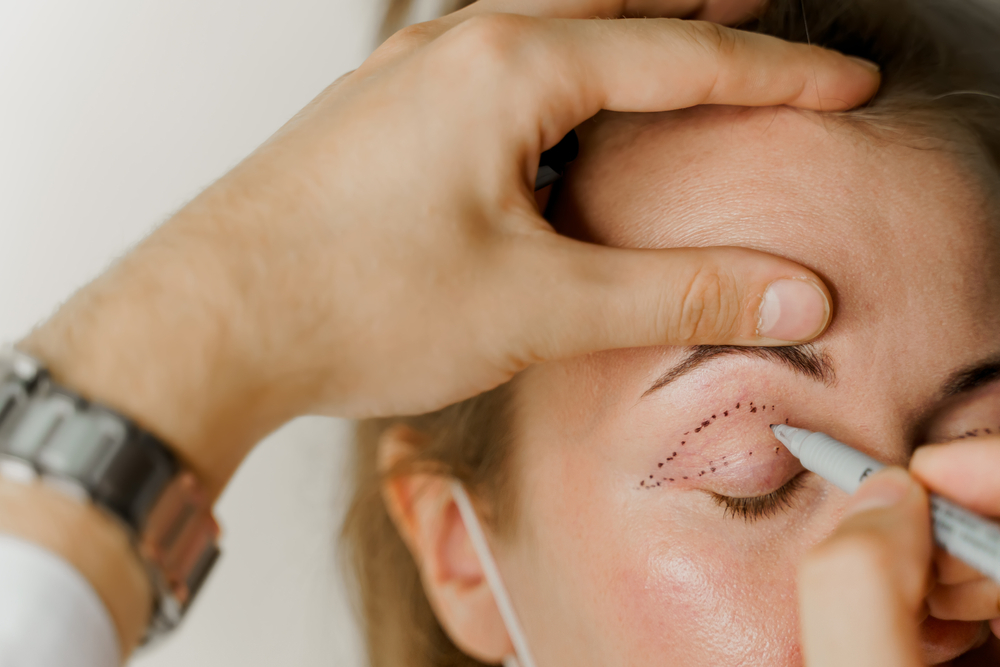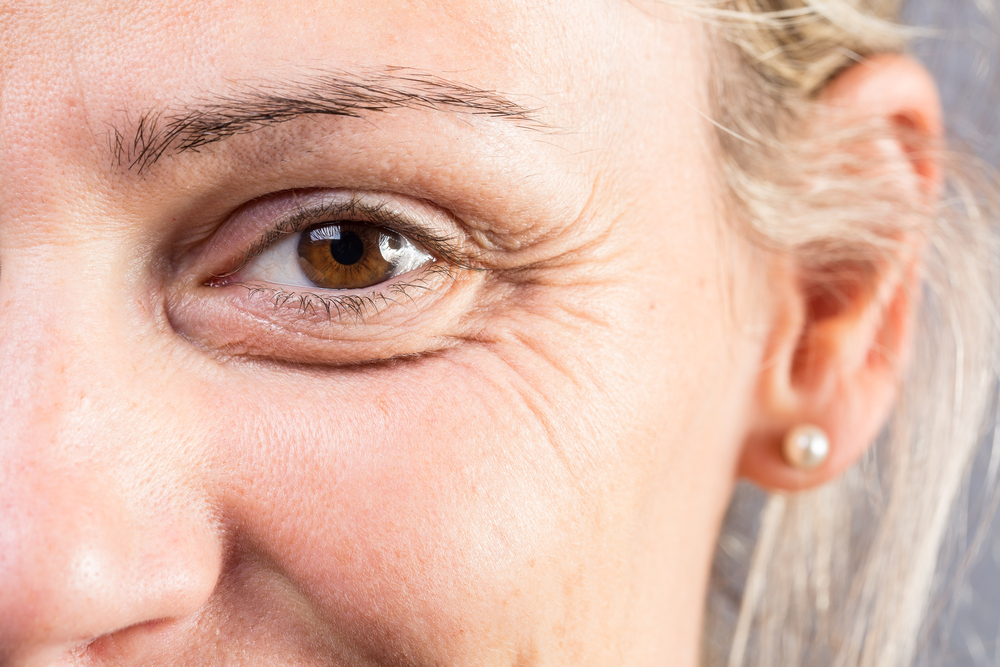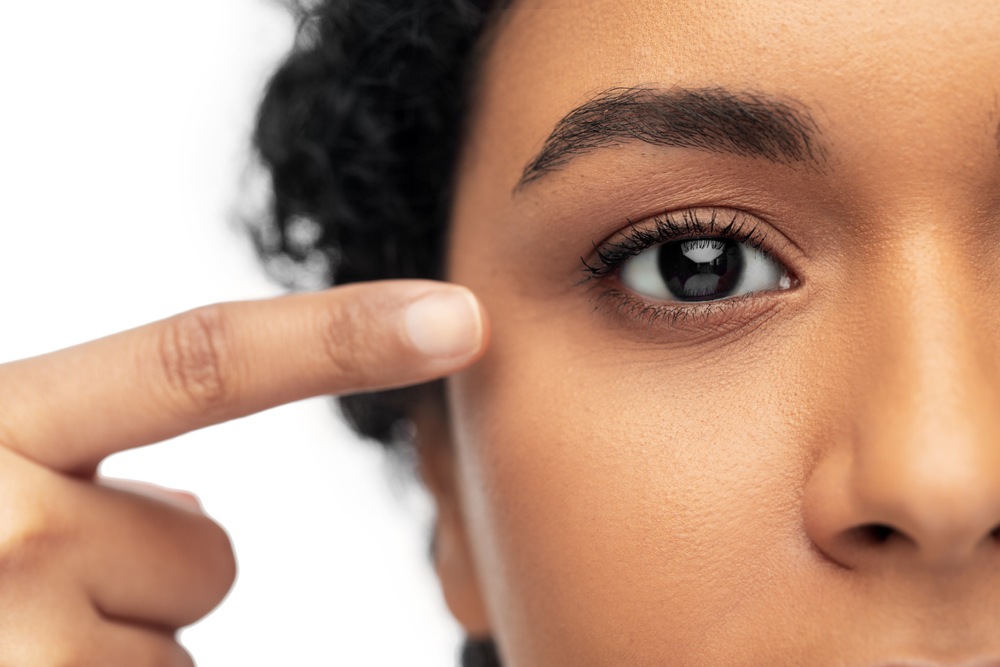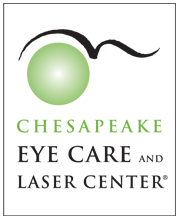When Will My Eyes Recover After Blepharoplasty Surgery?
June 11, 2024
If your saggy eyelids and under eye bags are making you look older than you feel, blepharoplasty surgery can help you look and feel young again!
When considering this rejuvenating eye surgery, you might have concerns about how long it will take for your eyes to recover and results to be seen.
Keep reading to learn more about the benefits of blepharoplasty surgery and when your eyes will recover after the procedure!
 What is Blepharoplasty Surgery?
What is Blepharoplasty Surgery?
Blepharoplasty surgery is a procedure in which an eye or plastic surgeon removes excess skin, muscle, and fat from the eyelids. It can transform the appearance of the upper eyelid, the lower eyelid, or both.
Blepharoplasty lifts and tightens the skin around the eyes, giving them a brighter and more youthful appearance. It makes skin appear smoother and reduces the appearance of fine lines and wrinkles.
Who Might Benefit from Blepharoplasty Surgery?
Here are some of the people who might benefit from blepharoplasty surgery:
Aging adults: As you age, your skin loses its natural elasticity. This can cause the skin around the eyes to become loose and sag, leading to drooping eyelids, under eye discoloration and puffiness, and fine lines or wrinkles.
Individuals with hooded eyelids: Some individuals have naturally hooded eyelids, where the skin of the upper eyelid hangs to the edge of the eyelid. Hooded eyelids can be a genetic trait.
Individuals with puffy lower eyelids: Like hooded eyelids, puffy eyelids can be a naturally occurring genetic condition, but are more often the result of aging or bad habits like smoking or over-consumption of alcohol.
Individuals diagnosed with ptosis: While blepharoplasty surgery is usually done for purely cosmetic reasons, it is sometimes used in combination with a ptosis repair to help improve drooping eyelids. Ptosis is an eye condition in which the skin of the upper eyelid starts to droop over the eye.
As ptosis progresses, drooping skin can start covering the pupil, limiting or blocking normal vision. For most people who have been diagnosed with ptosis, the most effective treatment option ptosis repair.
In some cases, this can be combined with blepharoplasty surgery.
 What Happens During a Blepharoplasty Surgery?
What Happens During a Blepharoplasty Surgery?
After anesthesia has been administered, your eye doctor will make a series of precise incisions along the natural creases of your eyelid. Using these incisions, they remove excess skin and fat.
The incisions are closed with tiny, carefully placed stitches that will dissolve on their own. While some scarring may occur after blepharoplasty, it is usually unnoticeable.
Once the anesthesia has worn off, you will be sent home with your eyes covered with protective ointment and bandages. The final part of blepharoplasty surgery is recovery.
What is the Recovery Process Like After Blepharoplasty Surgery?
It takes about a month to recover from blepharoplasty surgery. Here’s what you can expect week-by-week:
Week 1
In the first few days after blepharoplasty surgery, you may experience some bruising and swelling. These side effects will start to resolve about three to four days after the procedure.
Regular use of ice packs can help with recovery. They can also alleviate discomfort and reduce swelling during your initial recovery.
Your eye surgeon may prescribe ointment to apply to your eyes to prevent infections and promote healing. You should not apply any makeup, serums, or creams to your eye area.
Depending on how you feel, you can usually return to work a few days after the procedure. You should not exercise or participate in any sports or strenuous activities until your eye doctor clears you.
Weeks 2 and 3 
By the end of two weeks after the procedure, the swelling and bruising around your eyes should have significantly decreased. However, it can take longer for discoloration caused by bruising to fully reduce, especially if you are prone to bruising.
You can start to use makeup around your eye area again, though you should avoid putting any product on the site of the incisions until they are fully healed. Using concealer or foundation to cover any residual bruising or hyperpigmentation should be fine as long as your eye doctor clears you.
Once your eye doctor gives you the okay, you can resume light to moderate exercise. If exercising outdoors, you should wear sunglasses or a hat to protect your eye area from UV light.
By week three, you should begin to see the results of your blepharoplasty surgery. The skin on your eyelids will be tighter, and your eyes will look more open and awake.
Week 4
By week four, you should be able to enjoy the full results of your blepharoplasty and feel confident about your rejuvenated appearance. It’s time to return to your life with your new youthful look!
If you carefully follow your eye surgeon’s post-surgery instructions, recovering from blepharoplasty surgery is easy and stress-free. Though it takes time and patience to recover fully, the rejuvenating results are worth the effort!
Do you want to learn if you might be a good candidate for blepharoplasty? Schedule a consultation at Chesapeake Eye Care in Annapolis, MD, today!



